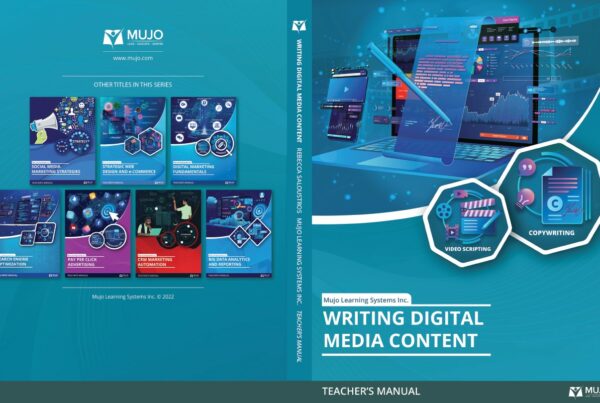SEO Copywriting is an Art Form
Writing is a creative process. It involves conveying information or a narrative in a way that is compelling to readers. This same process applies to SEO copywriting, but it is made more challenging with the addition of a primary keyword and multiple secondary keywords. The art comes with incorporating those keywords seamlessly, and avoiding the “clunky” or “blocky” style that plagues some optimized content. In this post, we will examine the hallmarks of quality writing that still apply in the SEO copywriting world. Then, we’ll look at some of the best practices for keyword integration.
Quality Writing Still Counts
Whether you are an SEO copywriter, blogger, or content marketer, it’s important not to neglect the basic principles of good writing. Let’s begin at the beginning: the headline. It must be attention-grabbing. You need to catch your reader’s eye, and that’s becoming more and more difficult in an online world full of content. However, here are a few headline writing ideas:
- Use a question: Who, what, when, where, why, and how, are generally good ways to begin that question (see the title of this post).
- Use numbers: People like organized content (e.g. Five Steps to Awesome SEO Copy; Ten Sure-Fire Ways to Increase Conversions).
- Use adjectives: Descriptive words help paint a picture in readers’ minds, making it easier for them to visualize what you’re trying to convey.
- Use the imperative: The imperative is a command verb that is compelling (e.g. Find the Digital Marketing Career of Your Dreams; Stop Wasting Your Time at a Dead-End Job).
- Keep it short: Opinions vary as to the perfect length for a blog title, landing page header, etc. However, it is good practice to ensure that you can convey your information clearly, and as succinctly as possible. Also, your headline needs to be short enough so that search engines can display it in full.
In order to keep readers glued to the text, the sub-header and first paragraph of copy must also be engaging. Again, using evocative adjectives, while still succinctly conveying a message should do the trick. The content as a whole must always deliver on its intended message (e.g. an informative blog post, a product-focused landing page with CTAs they can easily locate, etc.).
Why Keywords Matter
So, you’ve written some great copy. Your headline is attention-grabbing, and the content is engaging. The problem is: no one can find it. That’s why keywords matter. You need to include keywords so that search engines like Google will rank your copy higher in search results. People will then see your copy, share it on social media, and it will gain traction online and hopefully help you to achieve your objectives. For example, you may want your company to be perceived as an industry expert, or you might want to increase a business’ conversions. Whatever it is, you need to get that content in front of your target audience.
Best Practices for Keyword Integration
Keywords can be found using Google Keyword Planner and many other online tools. How to conduct keyword research is the subject of another post. However, for the sake of this one, let’s assume that you know how to do that research and have a primary keyword, and several secondary keywords. Your first task is to ensure that your primary keyword appears in your headline, preferably towards the beginning. Then, include that keyword in your sub-header, and at least once in your first paragraph. It can appear again in subsequent paragraphs along with secondary keywords. However, what you do not want to do is engage in keyword stuffing. This practice involves adding your keywords repeatedly throughout your copy. This is a bad idea. First, it will result in content that makes no sense. Second, it won’t achieve what you want: a higher search engine ranking. Today’s search engines are smart; they downrank keyword-stuffed copy.
Another great way to integrate keywords into a landing page is to add them to calls to action (CTAs). “Click here” or “download now” are boring, overused phrases that appear on so many landing pages. You want your CTAs to stand out, and be part of your SEO strategy. For example, suppose your primary keyword was “digital marketing seminar”, and your objective was to get people to sign up for seminars at your college. A great CTA would be “Enroll in our digital marketing seminar now”. This is a lot more compelling and effective than, “Sign up now”.
CTAs and keywords can also be bolded or offset in a different color to attract the attention of the reader, keeping him or her focused on your message. However, don’t overdo this or use too much of the color red. You don’t want your copy to look like spam.
A great tool to ensure your copy is properly optimized is the WordPress plugin, Yoast. Read how Yoast can help you hone your SEO copywriting skills.








 by
by